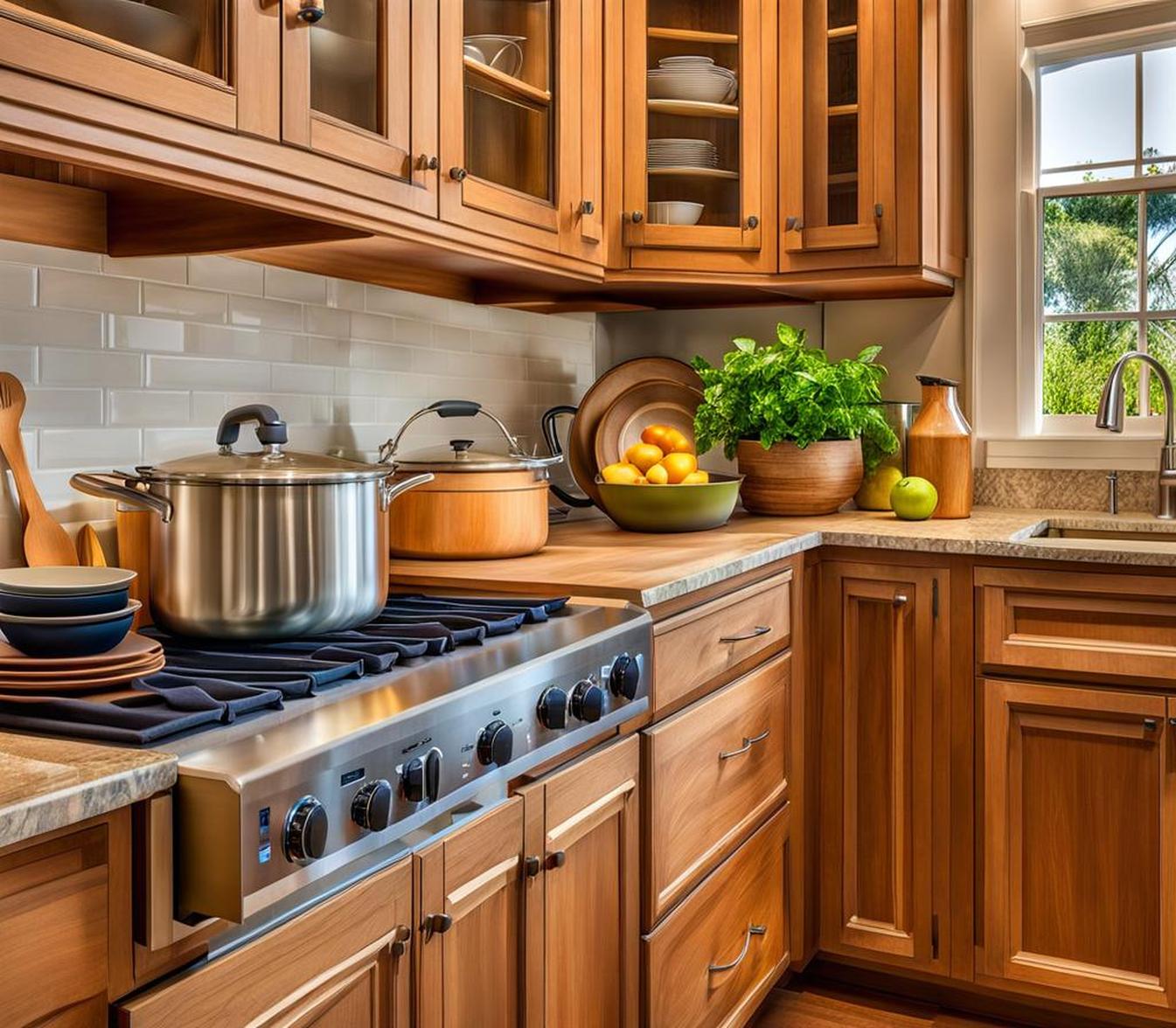Packing up an entire kitchen for a move can be an overwhelming task. Deciding how to properly pack dozens of fragile dishes, bulky pots and pans, and cumbersome appliances is a common source of moving stress. However, breaking down kitchen packing into strategic steps will have you masterfully mobilized in no time.
Clear Out Unused Items In Advance
Before packing up any kitchen belongings, take time to thoroughly declutter. Sort through gadgets, dishes, cookware and food items, purging anything you no longer use or need. Toss expired products, donate serviceable but unused equipment to charity, and sell quality wares through local ads or online platforms. This process will subtract volume from your packing workload and help you organize your new living space without clutter carryover.
Gather Essential Packing Materials
Arm yourself with packing essentials like bubble wrap, newspapers, towels, and corrugated boxes before boxing up kitchen goods. Look for sturdy cartons designed especially for fragile wares like plates or elongated cookware. Have handy labeling markers to identify contents, as well as clear packing tape to securely seal boxes. If possible, use original packaging from kitchen appliances for safe transporting.
Strategize Packing By Item Category
Group similar kitchen items together by function when packing, with special care shown towards breakables. Wrap glassware, ceramics and delicate dinnerware individually before nesting in cisahioning material. Use small cardboard dividers every few items to prevent sliding and collision during transit. Fill any empty spaces with more paper or linens to minimize shifting. Tape boxes well and mark contents using a labeling pen.
Creatively Pack Utensils For Protection
Because their slender shapes often lead to bending, secure silverware pieces by type with rubber bands before packing. Place these sorted bundles together in sealable plastic bags to contain as a set. The bag protects organized groupings while taking up minimal box space. Check items for completeness once unpacked. Implement similar steps when boxing up pots, pans and baking sheets, nesting and padding them to prevent scratches or dents.

Leave Out An “Open Kitchen”
Avoid packing everything at first. Designate one cabinet to remain furnished with essentials like plates, cups, pans and utensils for household members to use in the final move-out days. Set aside a box for these daily basics as well. Map out what you want accessible so the kitchen remains marginally operational down to departure day when the “last call” items can be packed.
Color code or assign text labels to boxes to denote kitchen versus other household spaces. Map out a basic floorplan with box locations for mover reference. Clearly flag critical first unloaders like coffee maker boxes. Precise labeling saves hassle finding dishware versus decor upon moving in. It also helps place boxes in appropriate rooms for those unpacking. Bonus pro tips – secure cabinet doors with temporary locks and transport houseplants in shoe boxes with drainage holes.
It doesn’t have to be a long process to pack your kitchen. Following specialized organizing tips helps streamline this challenging moving task through simplicity and efficiency.
